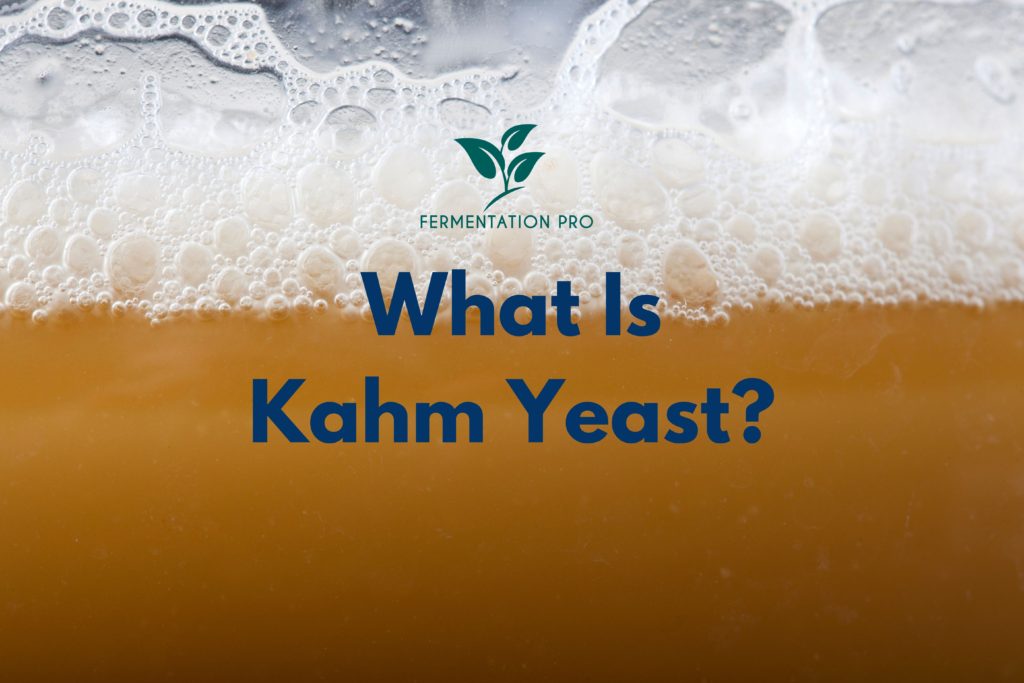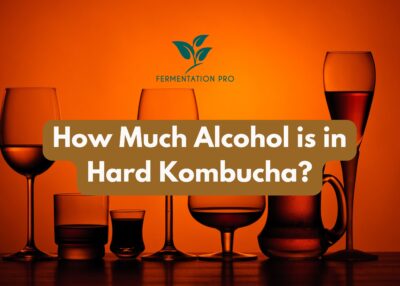In the world of Kombucha brewing, seeing a white thin film of kahm yeast can be a common scenario from time to time. Kahm yeast is the collective term for a group of wild yeast varieties that forms a wrinkled crepe-paper like layer on top of the Kombucha brew and other fermentation projects like kimchi. It forms when there are minor problems in the ferment like too warm temperature, untidy tools and equipment, and other minor problems. Usually, you can just remove it by skimming the surface of your brew.
Kombucha that is contaminated with kahm yeast is considered safe to consume as long as there are no molds present in the brew and the pH level remains under 4.6 pH. However, this doesn’t mean that you should just let it stay in your ferment. Not removing it immediately may lead to problems such as unpleasant smell and taste. So, if you are a new home brewer dealing with it on your brew, it’s important that you know how to properly get rid of it and prevent it from damaging your brew completely.
Today, we will provide you with the things you need to know about this yeast as well as answer your commonly asked questions so you can get your kombucha back on the right track.
Table of Contents
Is Kahm Yeast Good?
This yeast is not an ideal thing to see in any ferments however it doesn’t necessarily mean that you’ll have to toss away your entire batch contaminated with it. While Kahm yeast is usually a visual cue that there have been problems in your fermentation project, these problems are usually minor and can be set right if dealt with early. Moreover, it is considered non-toxic so your brew is still safe to drink as long as there is no presence of molds. In terms of brewing Kombucha, the possible problems that cause kahm yeast formation include very warm brewing temperature and untidy tools and equipment.
If you see any signs of kahm yeast in your brew, we highly recommend removing it right away. When this yeast continues to grow in your Kombucha ferment, it can damage your entire brew and you may need to discard your entire batch. To give you more detailed information about this, here are the explanations of the different negative effects of this yeast to Kombucha.
Negative Effects of Kahm Yeast to Kombucha
- Cause unpleasant smell and taste
When kahm yeasts multiply, they form a thin layer on the top of the Kombucha brew that gives it a distinctive smell that is off-putting for many. Additionally, the various yeasts in this collection often feed on the sugar, which gives the SCOBY less sugar to consume affecting its ability to ferment. When this happens, it can negatively affect the taste of the Kombucha.
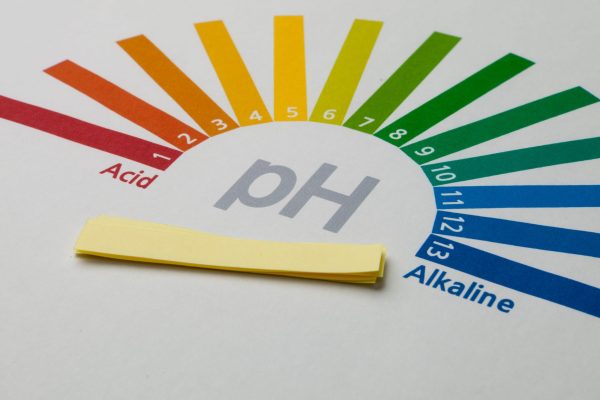
- Raise the brew’s pH level
The presence of this yeast in your Kombucha can raise the pH of your brew to more than 4.6. pH value more than 4.6 is not enough to protect your Kombucha from molds and contamination so it’s best to check the pH level of your Kombucha before drinking it. If your Kombucha’s pH tests more than 4.6, we highly recommend not drinking the brew to avoid any possible side effects like digestive distress.
- Inhibit carbon dioxide production during second fermentation
Yeast and bacteria need to work together to produce carbon dioxide and make Kombucha fizzy. If there is yeast in the brew, the yeast varieties can feed off the sugar and steal the nutrients for the bacteria and yeast that forms carbonation. Therefore, your Kombucha will not likely get fizzy even if it undergoes second fermentation.
To prevent these from happening, we recommend removing the yeast immediately by scooping the film out of the brew. Don’t worry because you will not damage your SCOBY or your brew by removing the yeast as long as you use a clean wooden spoon or other clean utensil. However, if you see any presence of molds or smell an unlikely aroma in your brew, it will be better to toss away your Kombucha and start all over again.
How to Prevent Kahm Yeast on Kombucha
After removing the yeast, here are some of the things that you should take note of so you can avoid kahm yeast from contaminating your ferment again.
- Ferment your Kombucha in cooler temperature
Yeasts are most active and efficient under warm temperatures. Hence, if you are fermenting in relatively warm temperatures more than 75℉ to 85℉, we suggest fermenting your Kombucha in a lower temperature which is not lower than 65℉. Remember that the temperature shouldn’t be too cold because it can make the yeast less active and inhibit the fermentation process.
- Clean your equipment and tools
To prevent this type of yeast from resurfacing on your brew, it is a good practice to clean all the brewing tools and equipment that you use for tasting, stirring, or transferring your brew.
If you are starting a new batch, make sure to clean your fermenting jar and bottles thoroughly.
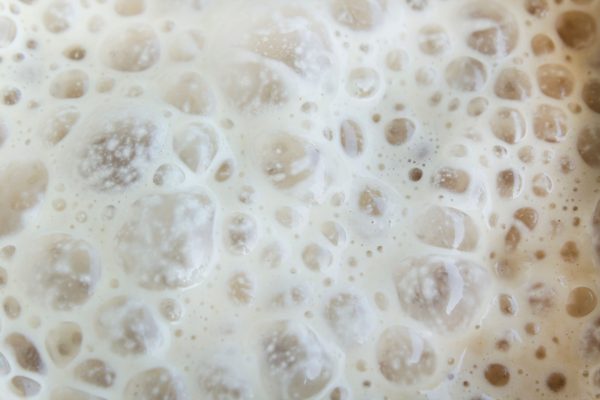
Do not use antibacterial cleaning agents when cleaning your brewing equipment and tools as these chemicals may damage your SCOBY. Instead, we suggest using Kombucha liquid to clean them. growyourpantry.com blog also recommends using boiling filtered water to clean your equipment and prevent damaging your SCOBY.
How about for your health? Is it any good? Well, the good news is that even if kahm yeast is bad for your brew, it can be good for your body. According to the kahm yeast guide by Fork & Spoon Kitchen, this yeast is a natural supplement that can help treat digestive related issues like constipation, diarrhea and indigestion. It can also boost metabolism, aid in weight loss, and cleanse the body.
Can You Use Kahm Yeast For Anything?
Kahm yeast has little to no use for anything. For the most part, ithas no culinary uses and is often discarded rather than reused. Some people like to eat it on its own but most people prefer to throw it away.
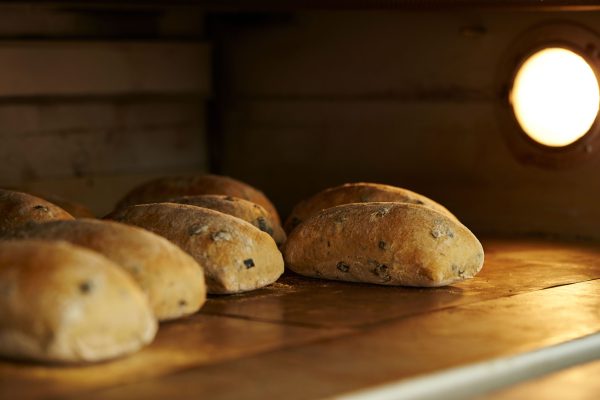
Some like to use itt as a substitute for baking yeast. For instance, theurbanfrontier.com blog features the use of it for making healthy gluten free bread. Kahm yeast is gluten free making it a good ingredient for baking gluten-free bread for people who need or like to avoid gluten.
How Do You Treat Kahm Yeast?
Identifying this yeast is actually easy as long as you take a good look at your brew. The yeast forms a thin layer that resembles the appearance of wrinkled paper on the surface of different ferments. It has a smooth texture and doesn’t have any fuzz. Moreover, it also has a white to creamy white color. Additionally, it can regrow in your brew even if you have already removed
How Does Kahm Yeast Grow?
Kahm yeast can grow and multiply quickly when exposed to warm temperatures. It can also grow and multiply by eating the sugar in the Kombucha brew. Furthermore, it grows by using the excess oxygen that enters the brew. Like other living organisms, kahm yeast requires oxygen to thrive, that’s why you often see kahm yeast growing on the surface of Kombucha ferment instead of other areas in the jar.
This yeast can grow continuously as the fermentation process goes on so always check your brew for any signs of kahm yeast growth. When kahm yeast is left to ferment in your brew for too long, it can damage your Kombucha completely.

